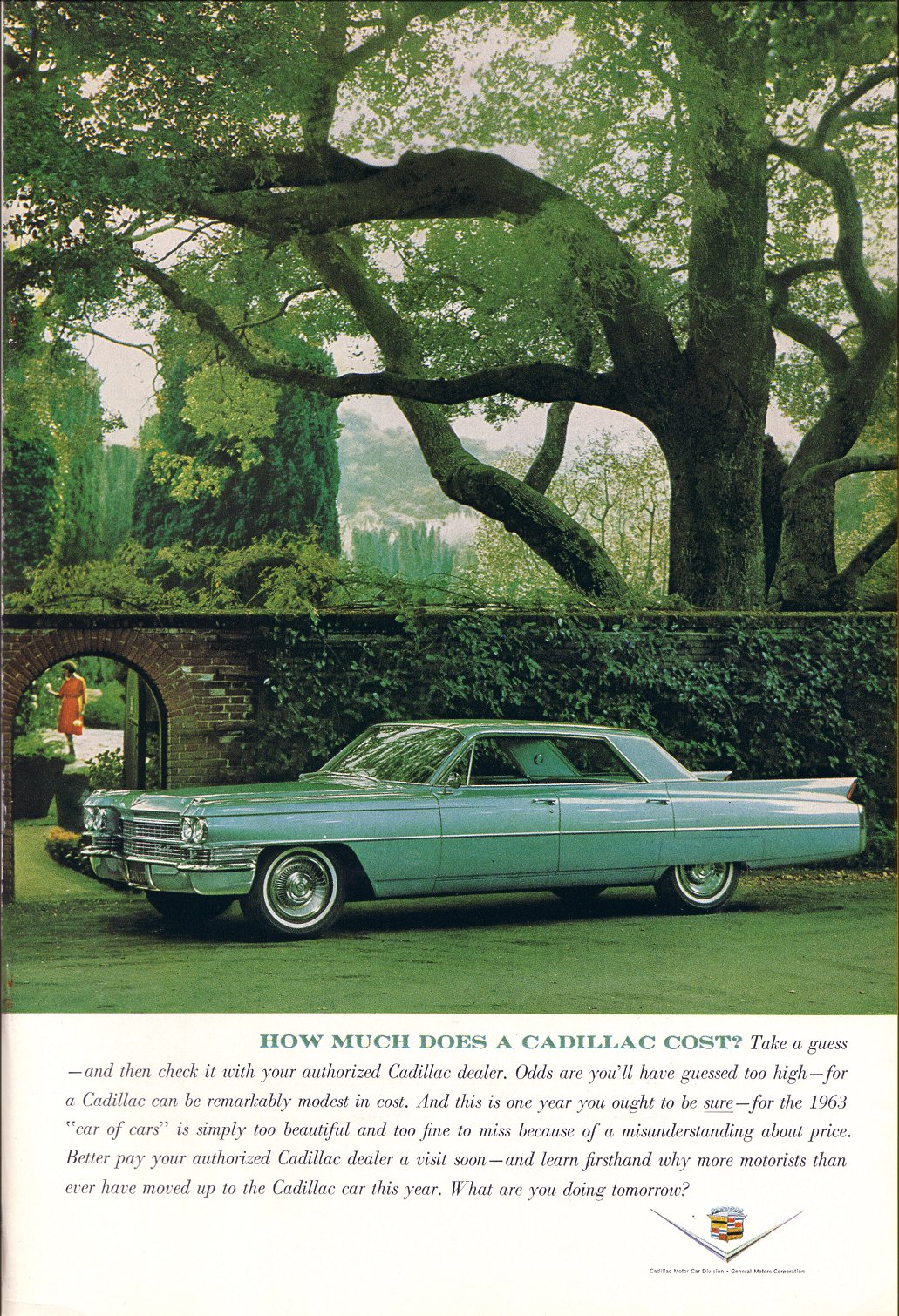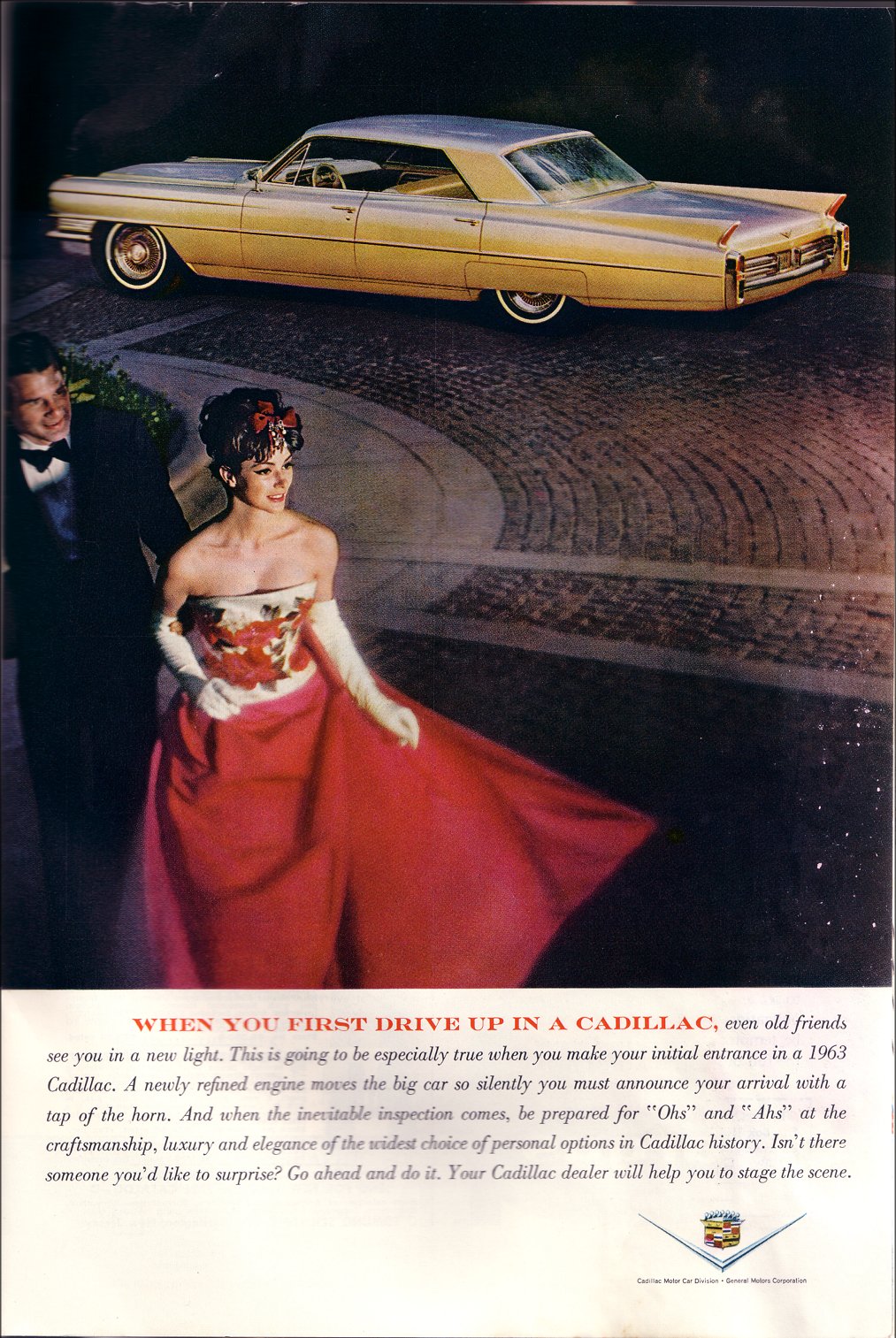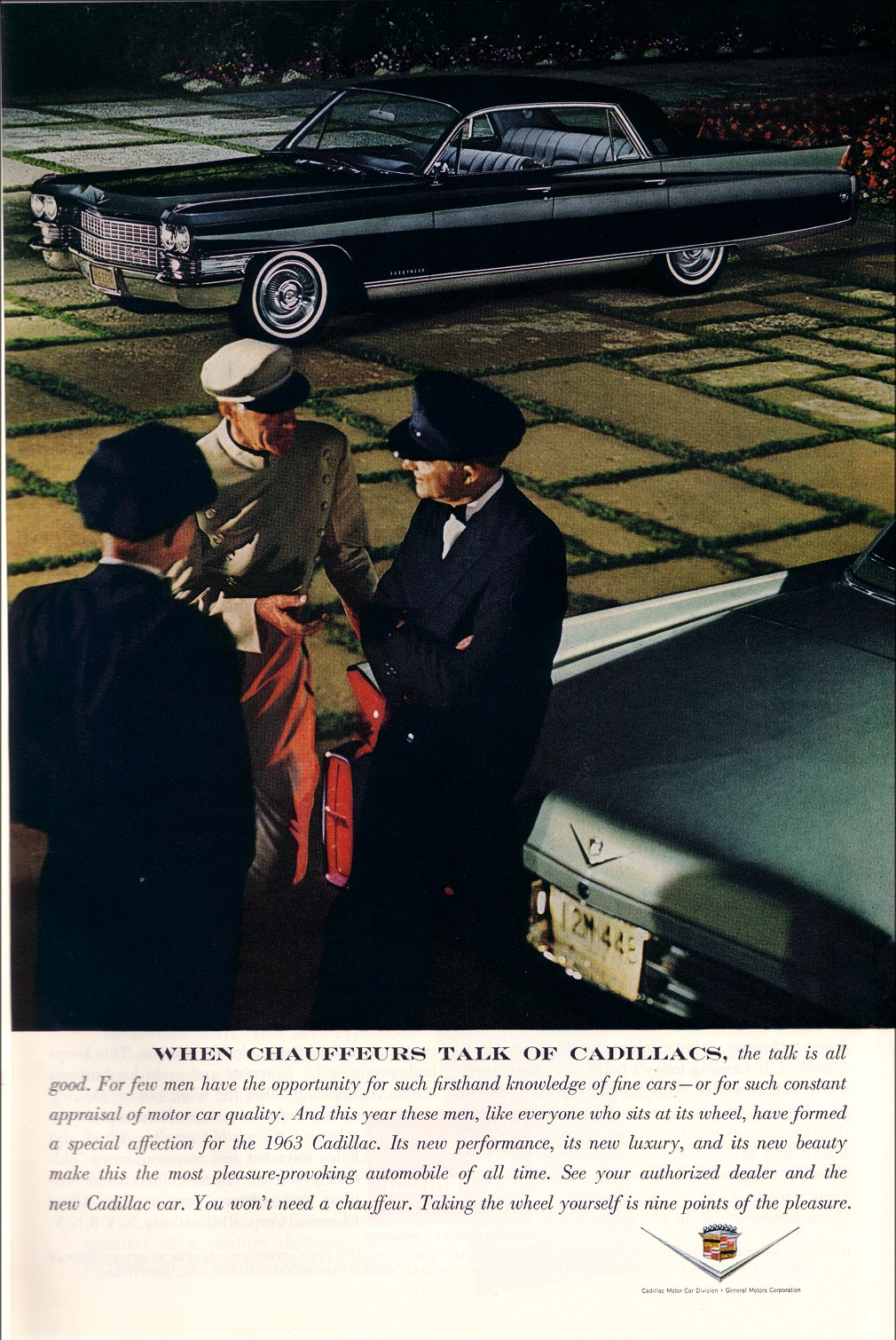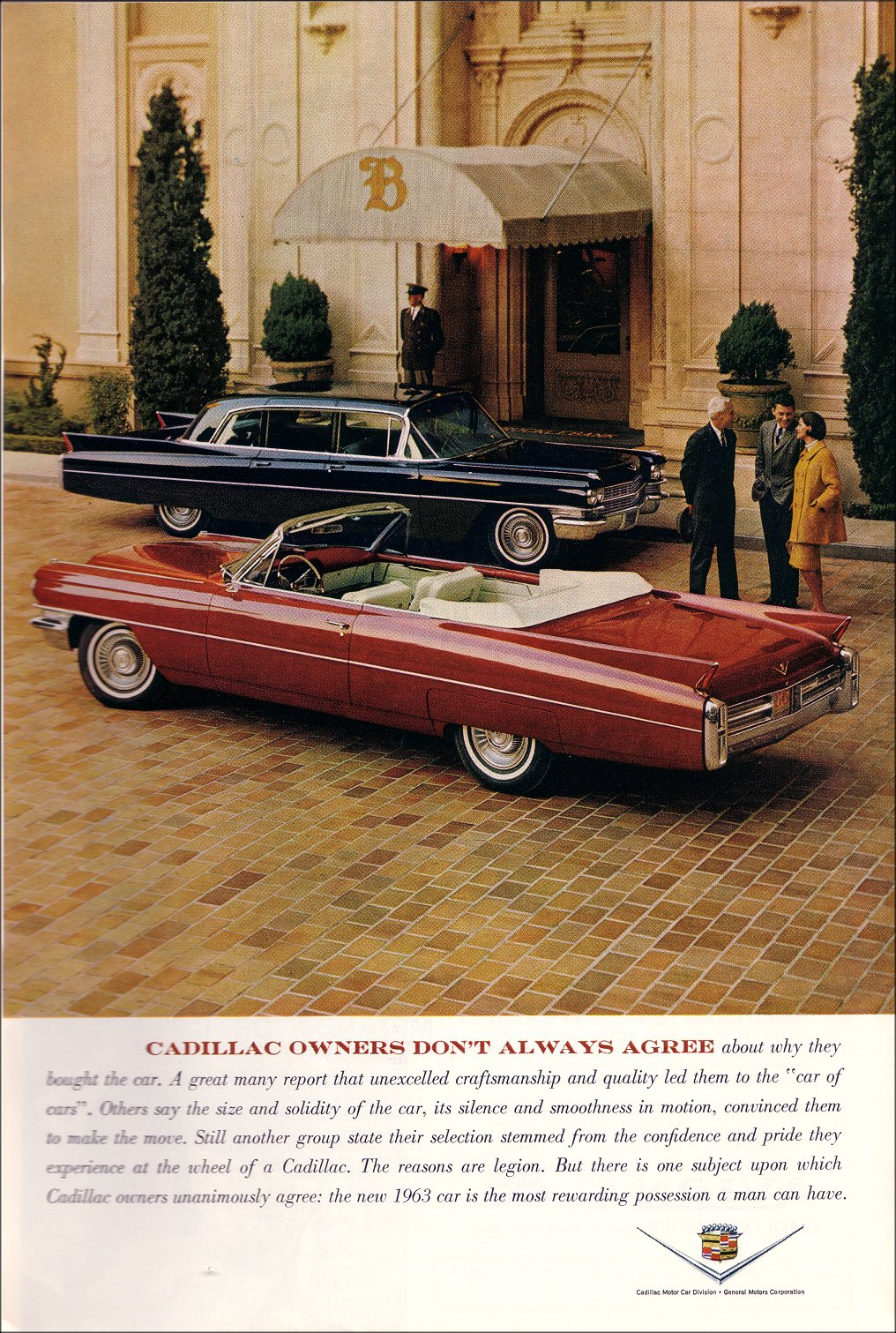Please welcome Guest Blogger Elizabeth Allen. Elizabeth wrote about commercial for a gastric band (found via Shakesville), an alternative to gastric bypass surgery, on her own blog, Blog of Eternal Stench. We liked it so much (and like so much of her other stuff, too), that we asked to reproduce it here on Sociological Images. Enjoy!
This horrid TV commercial on the Realize Gastric Band site equates the controversial stomach reduction surgery known as gastric banding with happiness, success and fulfillment. It does so with dramatized examples of 1) a fat man playing with his karate-learning kidsy and 2) a fat woman slow-dancing with her [also fat] romantic partner. The fat man in 1) says, “I want to watch my little warrior do karate” or something very similar. The fat woman in 2) says, “I want to kiss him [romantic partner] under the Eiffel Tower.”
The commercial goes on to tell viewers how the Realize Band can help them get what they want. “Ask your doctor if bariatric surgery is right for you,” the voiceover encourages. The commercial concludes with how wonderful the Realize Band is, especially since you can track your success and have a support group. Incidentally, “tracking your success” is accompanied by a picture on a user’s computer screen of a line graph showing a steady trend downward. We also see an animated female morphing from fat to less fat.
This ad is offensive for so many reasons. Where do I start?
1. The fat man and fat woman who have exciting goals in life do NOT have to undergo bariatric surgery in order to achieve them. In fact, bariatric surgery has nothing to do with their goals, which are about the people they love. Being fat does not impede one’s ability to love, support and show affection for one’s loved ones. Being less fat is not necessary in order to truly prove one’s devotion to another person.
However, the commercial for the Realize Band obviously wants to encourage potential consumers that, if they really loved their families, they would undergo controversial, risky and damaging surgery. In this way, the Realize Band perpetuates the old chestnut that a person’s weight/physicality/shape/size represents a moral issue. According to this commercial’s subtext, being fat is a deep personal failing and horrible vice.
2. I object to ads for medical procedures that motivate the consumer to say, “I want this product. Doctor, give it to me!” While I’m all for being an aggressive, assertive, inquisitive consumer and searching out a range of treatment options for any condition, I do not think that people who suggest treatments they have seen on TV are truly being informed consumers. As I illustrate in point 1, TV ads such as this one for the Realize Band work in impressions, rather than information. Realize Band’s commercial here exploits feelings of guilt, inadequacy and shame to motivate people to use its product. Feelings of personal worthlessness stemming from emotional manipulation never make a good basis for choosing a particular medical treatment.
3. The concept of “tracking your success” gives the false impression that the Realize Band will have a wholly beneficial effect on one’s life, which could not be further from the truth. Gastric reduction or bypass surgery creates a host of health effects in those who have it.
–For example, since one’s stomach has been drastically reduced and/or routed around, one loses the ability to easily absorb nutrients and minerals. One can’t just take supplements to combat these deficiencies. Anemia may result from iron deficiency. You may need intravenous iron infusions for the rest of your life.
–One’s stomach often becomes much more sensitive to spicy, hard or dense foods. One may get bad heartburn or what the business likes to call “productive burping.” Actually, “productive burping” isn’t just about embarrassing noises emanating from your gut; it’s about throwing up. Gastric bypass or banding surgery increases the chances of the survivor throwing up a whole lot.
–If a survivor of gastric surgery throws up a lot, stomach acid flows frequently across the teeth. Like people with bulimia, survivors of gastric bypass or banding may suffer rapid degradation of their dental enamel. This is not the picture of an unqualified success.
4. While the Realize Band commercial shows a picture of “success,” i.e., steady weight loss, in the form of the downward trending line graph and the shrinking woman, the story is rarely this straightforward. Gastric bypass or banding surgery often results in an initial weight loss. However, very few people keep off all of the weight that they shed. In fact, they may slowly gain it back. For example, one study associates laparoscopic bands, like the Realize Band, with “inadequate weight loss” and “uncontrollable weight regain” in some patients. Another recent long-term study of people who have had gastric bypass surgery found that about half of participants regained weight within 2 years after their surgery. A study with a 10-year perspective on gastric-bypass survivors notes, “Significant weight gain occurs continuously in patients after reaching the nadir weight.” It is very rare for a person who has had gastric surgery to go from size 22 to size 12, which it looks like what is happening in the commercial’s illustration.
5. The fat man and the fat woman look perfectly happy as they are. Maybe if they stopped internalizing the medical community’s hatred of their shapes and realized that their size does not limit their capacity for humane, compassionate, joyful existence, they truly would reach their stated goals.








